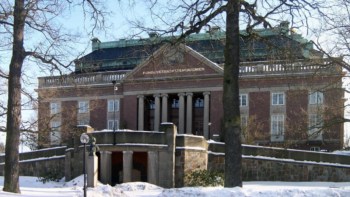Researchers in Japan have created a new group of “super-alloys” with superior properties. Takashi Saito and colleagues at the Toyota Research and Development Laboratories and the University of Tokyo used a novel computational approach to make the materials. The alloys, whose properties include ultra-high strength and super-elasticity, could be used for high-precision instruments and medical equipment (T Saito et al. 2003 Science 300 464).
Advances in metal alloying techniques are largely made by trial and error. Costly, time-consuming experiments result in only small improvements in physical and mechanical properties. Materials scientists rely on experimentally determined phase diagrams to design new alloys, but it takes millions of such diagrams to produce new multi-element structures- even for common metal combinations.
Now, Saito and co-workers have used three electronic “magic numbers” to make a novel set of alloys. The numbers are: the electron-to-atom ratio; the “bond order”, which represents the average bonding strength between atoms; and the d electron-orbital energy level, which represents the average electronegativity.
The researchers produced alloys based on titanium that also contained tantalum, niobium, zirconium, vanadium and oxygen in a simple body-centred cubic structure. Superior properties were observed only when all three of the magic numbers had specific values – 4.24 for the electron-to-atom ratio for example. The alloys do not expand on heating and are very strong. Moreover, they are super-elastic and super-plastic because they can be stretched without being deformed.
The team focused on the elastic modulus of the system – the ratio of the stress applied to the strain produced – and found a characteristic anisotropy in the metal crystals. “This anisotropy brings a new type of dislocation-free plastic deformation mechanism,” Saito told PhysicsWeb. “The mechanism makes it possible for the alloy to accumulate large amounts of elastic strain energy, which leads to the exceptional properties observed.”



